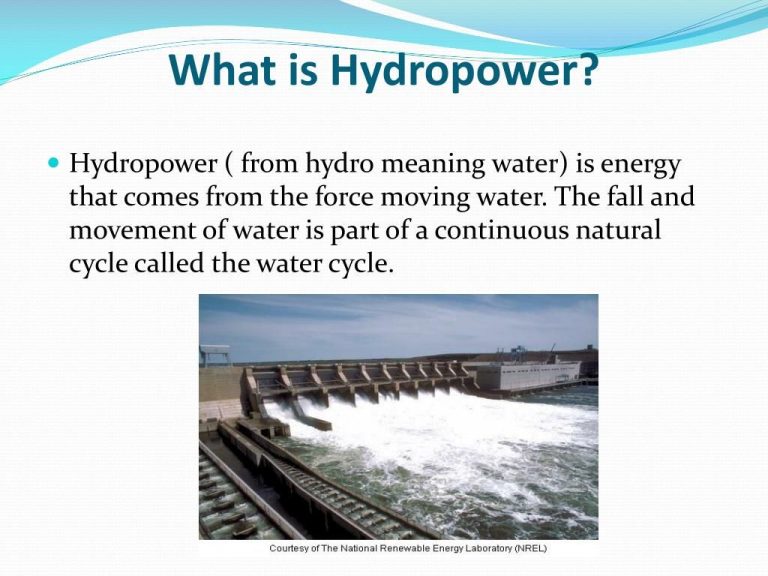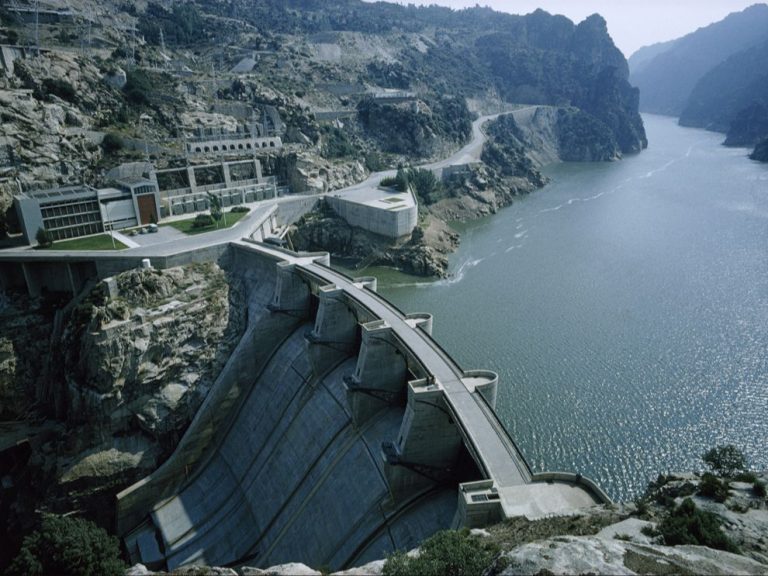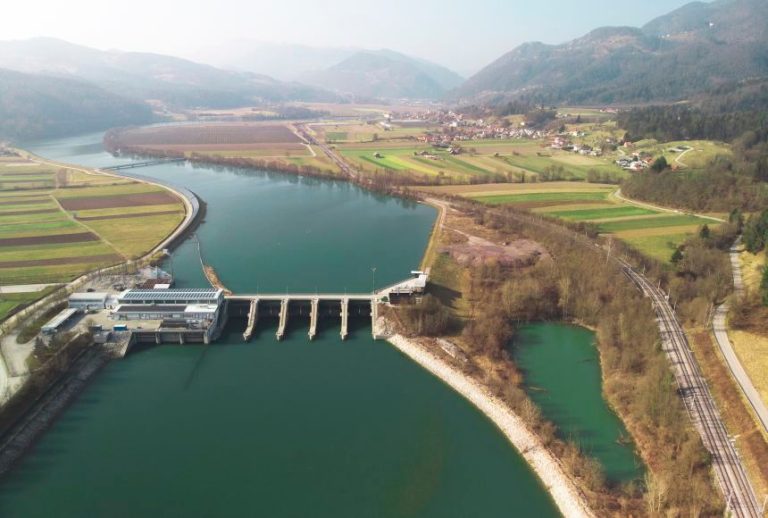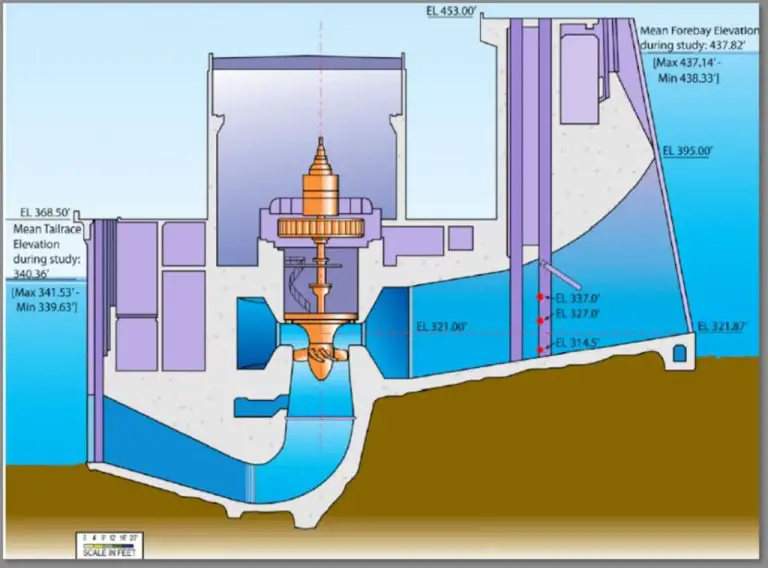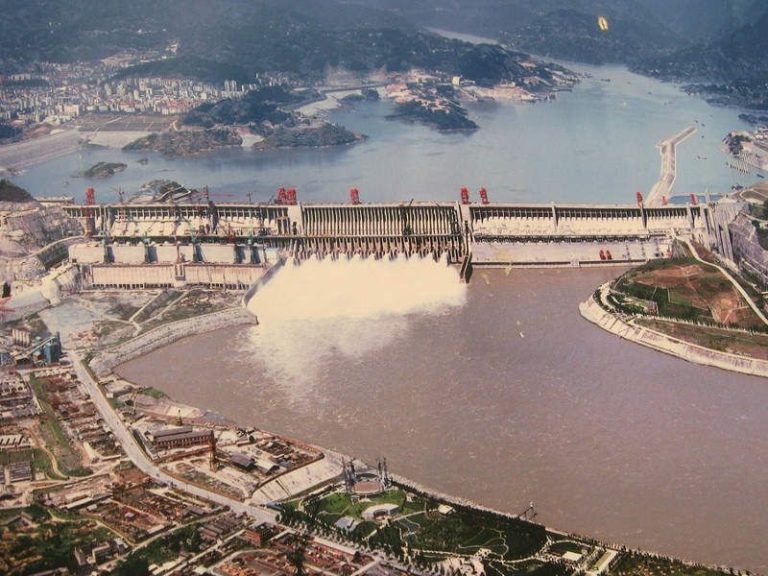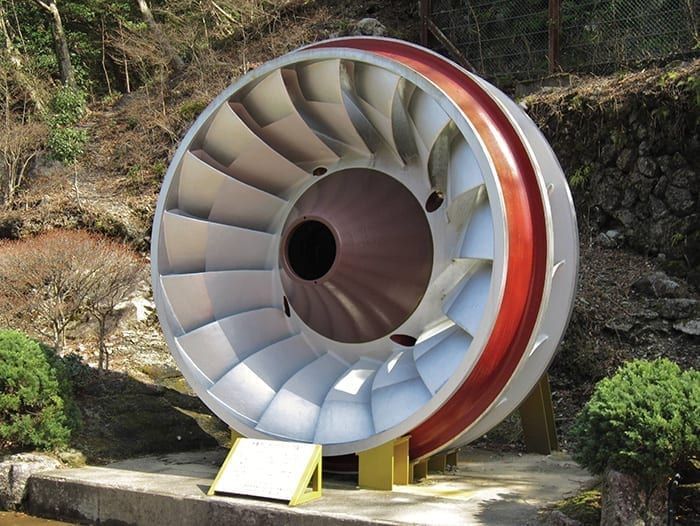Why Is Canada Good For Hydropower?
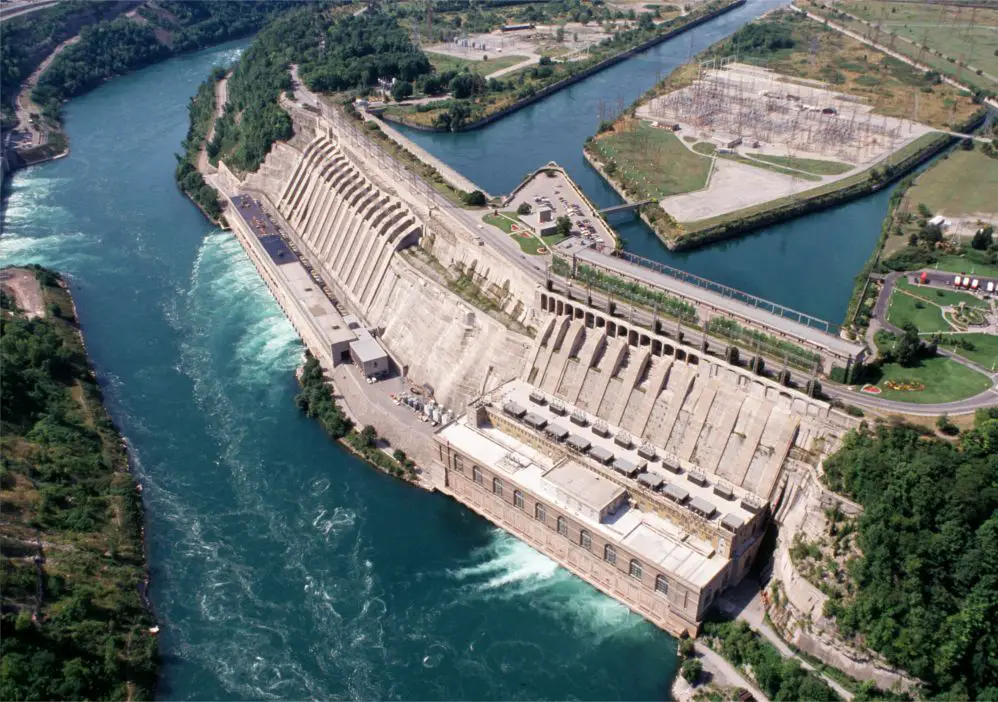
Hydropower is a renewable energy source that generates electricity using the natural flow of water. Hydropower is considered a clean and sustainable energy source as it produces minimal emissions and relies on the water cycle to renew itself. The purpose of this article is to explain why Canada is well-suited for hydropower generation and the advantages it provides the country.
Abundant Water Resources
Canada has an abundance of natural water resources ideal for generating hydroelectricity, with over 2 million lakes, 8,175 rivers and 1,800 watersheds across the country. Canada has 9% of the world’s freshwater reserves, and is one of the few developed countries with a positive freshwater balance (Overview of Water Resources Allocation in Canada). Parts of the country like Quebec contain over 40% of Canada’s water resources. Hydropower draws energy from flowing water, such as rivers and streams. With abundant natural waterways and reservoirs, Canada has significant potential to generate clean, renewable electricity through hydropower projects across the country (The Advantages of Hydroelectricity).
Significant Hydropower Capacity
Canada has immense hydropower resources and capacity. As of 2022, Canada had 83.3 GW of installed hydropower capacity, making it the second largest hydropower producer in the world after China (Renewable energy in Canada). Hydropower accounts for over 60% of Canada’s electricity generation. In some provinces like British Columbia, Manitoba, Quebec, and Newfoundland & Labrador, hydropower provides over 90% of the electricity supply.
According to the Canadian Energy Regulator, Canada’s total hydropower generation was estimated at 374 TWh in 2019, which accounted for 59% of Canada’s total electricity generation. The provinces with the highest hydropower capacity are Quebec, Ontario, British Columbia, Manitoba, and Newfoundland & Labrador (Canadian Hydropower). Canada has significant potential to further expand its hydropower capacity in the coming decades.
Long History and Expertise
Canada has a long history with hydropower dating back to the late 1800s. Some of the first hydropower facilities were built in Ontario and Quebec towards the end of the 19th century. One of the earliest was a small hydropower station built on the Ottawa River in 1881. This kickstarted the growth of hydropower across Canada.
Through the early 1900s, larger projects were constructed to provide electricity for growing cities and industry. The development of hydropower expertise and technology accelerated through this period. Significant projects like the Niagara Falls plant in 1905 and the Beauharnois plant on the St. Lawrence River in 1932 demonstrated Canada’s capabilities in harnessing its water resources.
Today, Canada has over 100 years of accumulated knowledge and experience with hydropower technology. This history and expertise is a key reason why hydropower continues to thrive and expand across the country.
Ideal Geography
Canada’s mountainous terrain and vast network of rivers flowing east to west provide ideal geography for hydropower generation. The most extensive mountain ranges in Canada include the Canadian Rockies and Coast Mountains, which rise dramatically from the interior plains and extend 3,000 miles from the Yukon to northern British Columbia and Alberta. These mountain ranges experience high amounts of precipitation, with runoff and snowmelt feeding major river systems flowing east and west across the country such as the St. Lawrence River, Nelson River, and Columbia River. The high relief and elevation changes allow the construction of dams and hydroelectric facilities to effectively harness the potential energy of water flowing downhill. The east-west river flows also mean hydroelectric stations situated in the mountainous western provinces can transmit power to populous urban areas in the east. For example, hydro dams along British Columbia’s Peace and Columbia Rivers generate electricity for Calgary and southern Alberta.
Stringent Regulations
Canada has some of the most stringent environmental regulations around hydropower projects in the world. All new projects undergo a rigorous federal environmental assessment process under the Impact Assessment Act which considers impacts on fish, wildlife, Indigenous peoples and more. Projects must avoid, mitigate or offset environmental effects. Monitoring continues through the life of a project.
Provinces like British Columbia and Quebec also have additional provincial assessments and requirements. For example, BC created a revitalized environmental assessment process to enhance Indigenous engagement. Quebec strengthened its environmental assessment process in 2020. These robust processes ensure hydropower projects protect ecosystems and communities.
Innovation and Technology
Canada has long been a leader in hydropower technology and innovation. Major Canadian companies like Hydro-Québec and Voith have invested significantly in research to make hydropower generation increasingly efficient, flexible, and sustainable.
For example, Hydro-Québec has developed technologies like variable speed turbines that allow output to be adjusted quickly to meet demand, as well as automated control systems to optimize dam operation [1]. Meanwhile, Voith has pioneered technologies like booster turbines for adding generating capacity to existing dams and digital monitoring systems to detect issues before failures occur.
Canadian researchers are also working on new environmentally friendly turbine designs that are more fish-friendly, as well as climate modeling tools to ensure future projects are resilient to changes in weather and water supply [2]. These innovations demonstrate how Canada is leveraging technology and expertise to make hydropower smarter, more adaptive, and sustainable for the long term.
Growth Potential
Canada has significant potential to expand its hydropower capacity in the coming years and decades to meet rising electricity demand. According to a recent industry report, Canada’s installed hydropower capacity is projected to grow from 79 GW in 2020 to 99 GW by 2035. This represents an increase of over 20 GW, or more than 25% growth over the next 15 years.
Several major projects are already underway or planned that will contribute significantly to this growth. For example, the Site C dam in British Columbia will add 1,100 MW of new capacity once completed. In Quebec, the Romaine Complex is adding 1,550 MW of capacity through multiple phases. There are also many proposals for new large-scale hydropower projects as well as smaller run-of-river projects across the country.
Expanding hydropower capacity will be crucial for Canada to meet rising electricity demand driven by population growth, electric vehicle adoption, and new electricity-intensive industries like data centers and cryptocurrency mining. Hydropower can provide abundant, reliable, and renewable power to meet these needs while also supporting Canada’s climate change commitments. With its geography and natural resources, Canada is well-positioned to continue growing its world-leading hydropower sector.
Opportunities for Exports
Canada has significant opportunities to export its hydropower to neighboring US regions and potential new overseas markets. According to Canada Action, Canada already exports 10% of its hydropower production to the US, worth over $3 billion annually.1 There is growing demand from US states like New York, Massachusetts, and California looking to replace fossil fuel plants with clean, renewable energy. Studies show Canada could export up to 22 GW more hydropower to the US by 2040, doubling exports.1
Canada also has opportunities to develop new overseas markets for hydropower exports, especially as more countries aim to reduce carbon emissions. An analysis by the Conference Board of Canada found potential new markets in Asia, South America, and Europe. They estimate Canada could generate $40-65 billion in new investment and export revenues by 2040 if new transmission capacity is built to reach coastal markets.1 With abundant potential and expertise in hydropower, Canada is well-positioned to meet the growing global demand.
Conclusion
In summary, Canada has immense potential for hydropower generation and growth due to its abundant water resources, significant existing hydropower capacity, long history of expertise in the field, ideal geographic conditions, stringent environmental regulations, and continued innovation in technology. Canada possesses the natural resources, infrastructure, know-how, and regulatory environment to expand its hydropower capabilities for domestic electricity needs as well as potential export opportunities. Key factors that make Canada well-suited for hydropower include its plentiful rivers and lakes, mountainous regions like British Columbia, major existing dams and hydroelectric stations, decades of experience building and operating hydropower facilities, ideal topography and water flows, strict controls to protect ecosystems, and cutting-edge sustainable hydropower research. With such exceptional advantages, Canada is poised to strengthen its position as a global leader in responsible and innovative hydropower generation.

